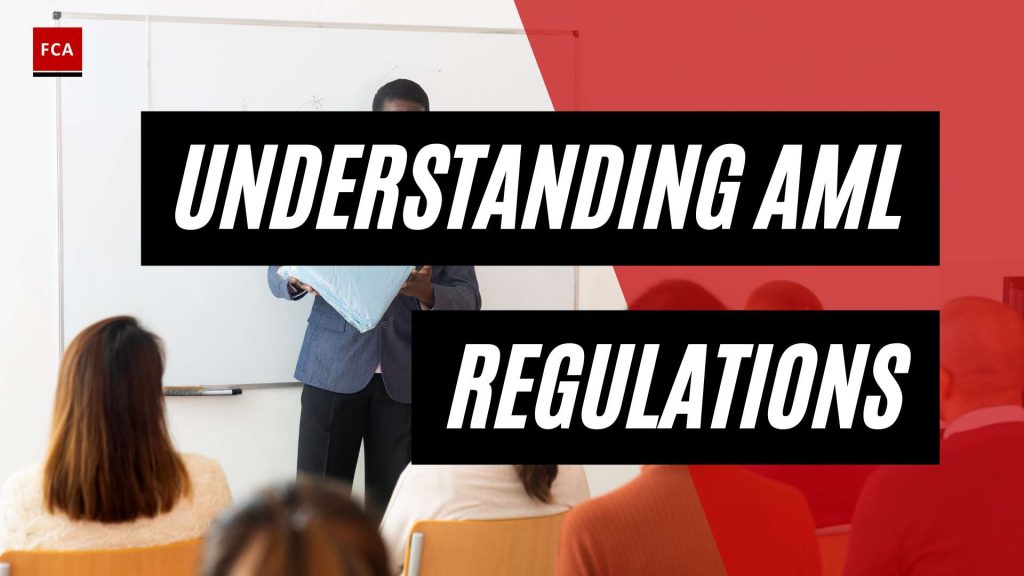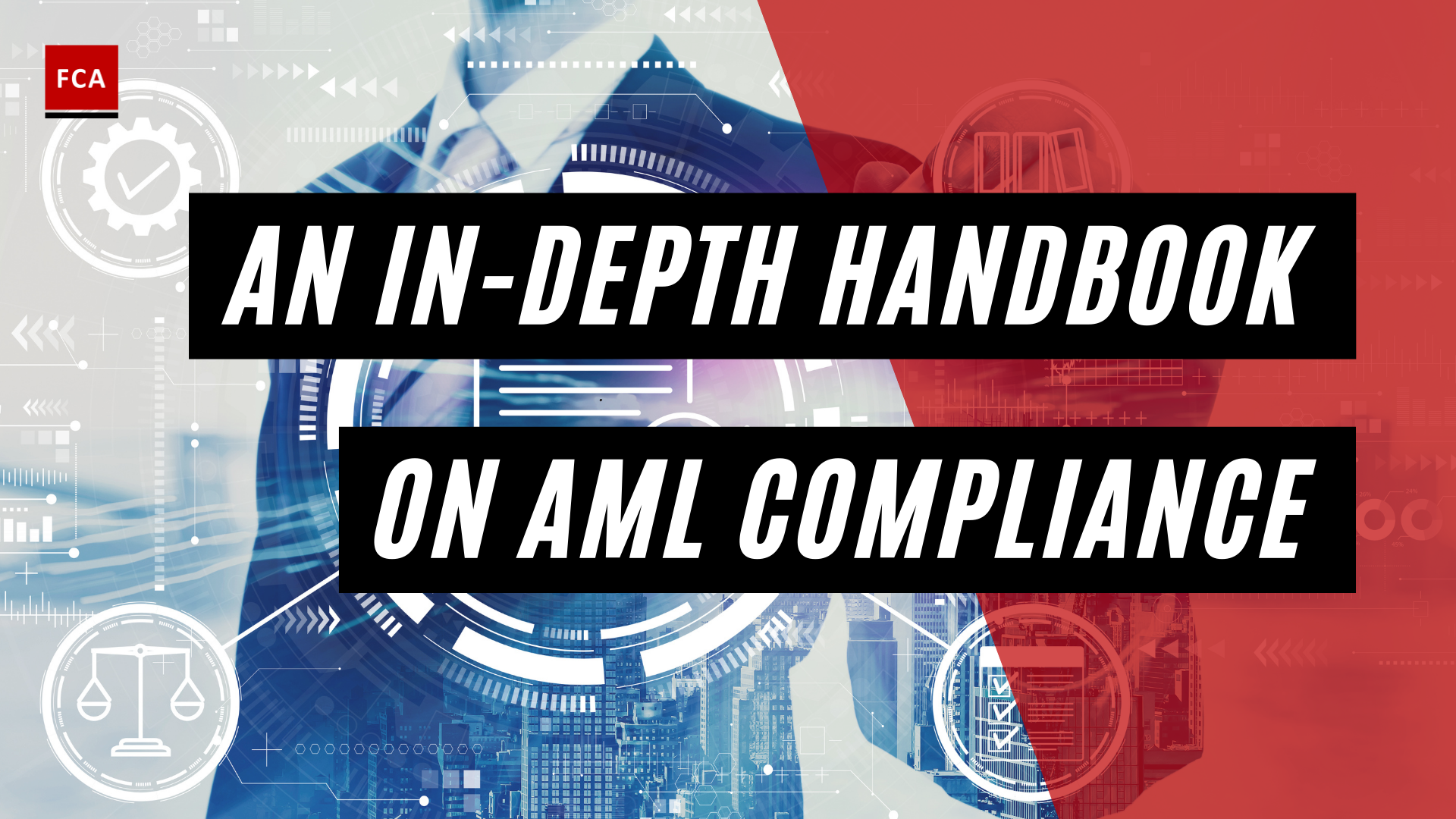Understanding AML Training Regulations
To effectively combat money laundering and financial crimes, it is crucial for financial institutions to understand and comply with AML training regulations. These regulations aim to enhance the knowledge and awareness of employees regarding anti-money laundering practices and requirements. This section will explore the importance of AML training and the regulatory requirements that financial institutions must adhere to.
Importance of AML Training
AML training plays a vital role in the fight against money laundering and financial crimes. It equips employees with the necessary knowledge and skills to identify, prevent, and report suspicious activities effectively. By providing comprehensive AML training, financial institutions can create a culture of compliance and instill a strong understanding of their roles and responsibilities in combating money laundering.
Proper AML training helps employees recognize red flags and potential risks associated with money laundering activities. It educates them on customer due diligence, transaction monitoring, and reporting obligations, enabling them to identify and respond to suspicious transactions promptly. A well-trained workforce is better equipped to protect the institution and its customers from the threats posed by financial crime.
Regulatory Requirements for AML Training
Regulators impose specific requirements on financial institutions to ensure effective AML training programs are in place. These requirements may vary across jurisdictions, but they generally share common objectives. Financial institutions need to incorporate key components in their AML compliance programs to prevent financial fraud, necessitating adjustments in policy guidelines, strategy, internal operations, and monitoring processes to comply with regulations (Flagright).
AML training regulations typically mandate the following:
-
Comprehensive Policies and Procedures: Financial institutions must develop and implement comprehensive policies and procedures that cover all aspects of AML compliance. These guidelines should be easily accessible to relevant staff members and provide clear instructions on how to handle AML-related matters effectively (Flagright).
-
Targeted Training for Specific Roles: AML training should be tailored to the specific roles and responsibilities of employees within the institution. Different employees may have varying levels of exposure to money laundering risks, and targeted training ensures that they understand their specific obligations (Flagright). For example, employees in customer-facing roles may require training on customer identification and verification, while those in transaction monitoring roles may need training on identifying suspicious activities.
-
Ongoing Training and Updates: AML training is not a one-time event. Financial institutions must provide ongoing training opportunities to their employees to ensure compliance with the latest regulations and best practices in the field. Training should cover areas such as customer identification, transaction monitoring, and reporting suspicious activities effectively. Regular training sessions and updates help employees stay informed about emerging risks and regulatory changes.
By adhering to these regulatory requirements, financial institutions can build robust AML training programs that empower their employees to recognize and respond to potential money laundering risks. Compliance with AML training regulations is not only a legal obligation but also an essential component of a comprehensive risk management framework for financial institutions. It demonstrates a commitment to safeguarding the integrity of the financial system and protecting against illicit activities.
Key Components of AML Training Programs
To effectively navigate compliance with anti-money laundering (AML) regulations, financial institutions must develop comprehensive AML training programs. These programs typically consist of three key components: comprehensive policies and procedures, targeted training for specific roles, and ongoing training and updates.
Comprehensive Policies and Procedures
Comprehensive policies and procedures form the foundation of any AML training program. These guidelines should be written to cover all aspects of AML compliance, ensuring that relevant staff members have access to clear instructions and protocols (Flagright). The policies and procedures should outline the institution’s commitment to AML compliance, provide guidance on identifying and reporting suspicious activities, and establish protocols for customer due diligence and enhanced due diligence.
By having well-defined and easily accessible policies and procedures, financial institutions can ensure that employees have the necessary information to perform their duties in accordance with regulatory requirements. This helps create a culture of compliance and minimizes the risk of inadvertently facilitating illicit activities.
Targeted Training for Specific Roles
AML training programs should include targeted training for employees in specific roles that are directly involved in AML-related responsibilities. This may include employees in customer-facing roles, such as tellers and relationship managers, as well as employees in compliance, risk management, and internal audit functions (Flagright). Each role may have distinct AML-related responsibilities, and training should address these specific requirements.
For example, customer-facing employees may need training on recognizing red flags of suspicious transactions, while employees in compliance roles may require more detailed knowledge of regulatory requirements and reporting obligations. By tailoring the training to specific roles, financial institutions can ensure that employees receive the information and skills necessary to fulfill their AML responsibilities effectively. Visit our article on AML training for employees to learn more about the training needs for different roles within a financial institution.
Ongoing Training and Updates
AML training is not a one-time event; it should be an ongoing process. Regulatory requirements for AML training often mandate that financial institutions conduct periodic assessments to evaluate the effectiveness of their training programs (Financial Crime Academy). These assessments help identify any gaps or weaknesses in the training and allow for necessary adjustments to be made in a timely manner.
Additionally, AML regulations and best practices evolve over time. Financial institutions must stay up to date with these developments and ensure that their training programs reflect the latest requirements and trends. Regular updates should be provided to employees to enhance their understanding of AML compliance and enable them to adapt to changing circumstances. This ongoing training helps reinforce knowledge, address emerging risks, and promote a culture of continuous learning and improvement.
By incorporating comprehensive policies and procedures, providing targeted training for specific roles, and ensuring ongoing training and updates, financial institutions can establish robust AML training programs that promote compliance with regulatory requirements. These programs not only help mitigate the risk of non-compliance but also contribute to the overall resilience and integrity of the institution’s risk management framework. For more best practices, refer to our article on AML training best practices.
Consequences of Non-Compliance with AML Training Regulations
Failure to comply with AML training regulations can have significant consequences for financial institutions and individuals involved. It is crucial for organizations to understand and adhere to the regulatory requirements to mitigate potential risks and safeguard against illicit activities. Here are some of the potential consequences of non-compliance:
Financial Penalties and Fines
Inadequate or non-compliance with AML training regulations can result in hefty fines and financial penalties. Regulators have the authority to impose substantial monetary sanctions on institutions that fail to meet the required standards. For example, Apple Bank was issued a civil penalty of USD 12.5 million by the Federal Deposit Insurance Corporation (FDIC) for violations of the Bank Secrecy Act (BSA) (Idenfy). These fines not only impact an institution’s bottom line but also serve as a deterrent against non-compliance.
Reputational Damage
Non-compliance with AML training regulations can lead to severe reputational damage for financial institutions. News of non-compliance or involvement in money laundering activities can erode public trust and confidence in the institution. Reputational damage can result in a loss of customers, business opportunities, and investor confidence. Institutions must prioritize AML training to protect their brand reputation and maintain the trust of stakeholders.
Increased Regulatory Scrutiny
Failure to comply with AML training regulations can invite increased regulatory scrutiny. Regulators expect financial institutions to have robust AML compliance programs in place to protect the financial system from illicit activities. Instances of non-compliance can trigger regulatory investigations, audits, and enforcement actions. Increased regulatory scrutiny can disrupt operations, lead to additional compliance costs, and hinder organizational growth.
It is essential for financial institutions to prioritize AML training to avoid these consequences. Investing in comprehensive and up-to-date AML training programs is crucial for mitigating risks and ensuring compliance with regulatory requirements. By establishing a culture of compliance, conducting periodic assessments, and monitoring and reporting suspicious activities, institutions can minimize the potential consequences of non-compliance. For more information on AML training best practices, refer to our article on aml training best practices.
Best Practices for AML Training Compliance
To ensure compliance with AML training regulations, financial institutions must adopt best practices that promote a culture of compliance and minimize the risk of money laundering and terrorist financing. Here are three key best practices to consider:
Conducting Periodic Assessments
AML training regulations usually mandate that financial institutions conduct periodic assessments to evaluate the effectiveness of their AML training programs. These assessments help to identify any gaps or weaknesses in the training and allow for necessary adjustments to be made in a timely manner.
Through these assessments, institutions can assess the training needs of their employees, determine if the training content is up to date, and evaluate the overall effectiveness of their AML training program. By identifying areas that require improvement, institutions can make informed decisions to enhance the training curriculum and ensure that it remains relevant in the evolving landscape of financial crime.
Establishing a Culture of Compliance
Compliance with AML training regulations is not only a legal requirement but also an essential component of a robust risk management framework for financial institutions. It is crucial for organizations to foster a culture of compliance within the institution, where every employee understands the importance of AML training and actively supports efforts to combat money laundering and terrorist financing.
To establish a culture of compliance, institutions should:
- Clearly communicate the organization’s commitment to compliance and the consequences of non-compliance.
- Provide ongoing training and communication to employees regarding their AML obligations and the importance of reporting suspicious activities.
- Encourage open dialogue and reporting of potential AML concerns without fear of retaliation.
- Implement regular monitoring and oversight mechanisms to ensure compliance with AML training requirements.
By embedding a culture of compliance, financial institutions can effectively mitigate the risk of money laundering and terrorist financing, safeguard their reputation, and protect the integrity of the financial system.
Monitoring and Reporting Suspicious Activities
Another crucial best practice for AML training compliance is establishing robust monitoring and reporting mechanisms for suspicious activities. Financial institutions should implement comprehensive procedures and systems to detect and report potentially illicit transactions.
Employees should be trained on recognizing red flags and indicators of suspicious activities, as well as the process for reporting such activities internally and to the appropriate regulatory authorities. Ongoing training and updates are essential to ensure that employees are equipped with the knowledge and skills to identify and respond to emerging money laundering and terrorist financing risks.
By establishing effective monitoring and reporting frameworks, financial institutions can enhance their ability to detect and prevent illicit activities, comply with AML training regulations, and contribute to the overall integrity of the financial system.
In summary, compliance with AML training regulations is critical for financial institutions to protect themselves from severe consequences such as fines, reputational damage, and increased regulatory scrutiny. By conducting periodic assessments, fostering a culture of compliance, and implementing robust monitoring and reporting mechanisms, institutions can demonstrate their commitment to combatting money laundering and terrorist financing, and mitigate the risk of non-compliance.








